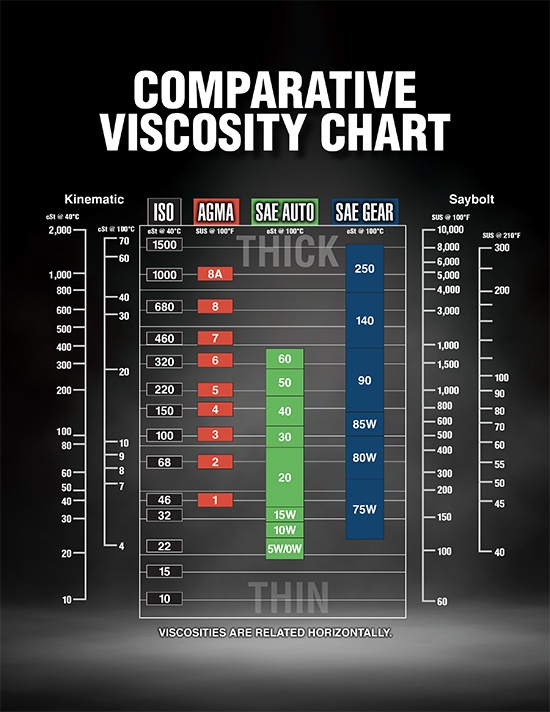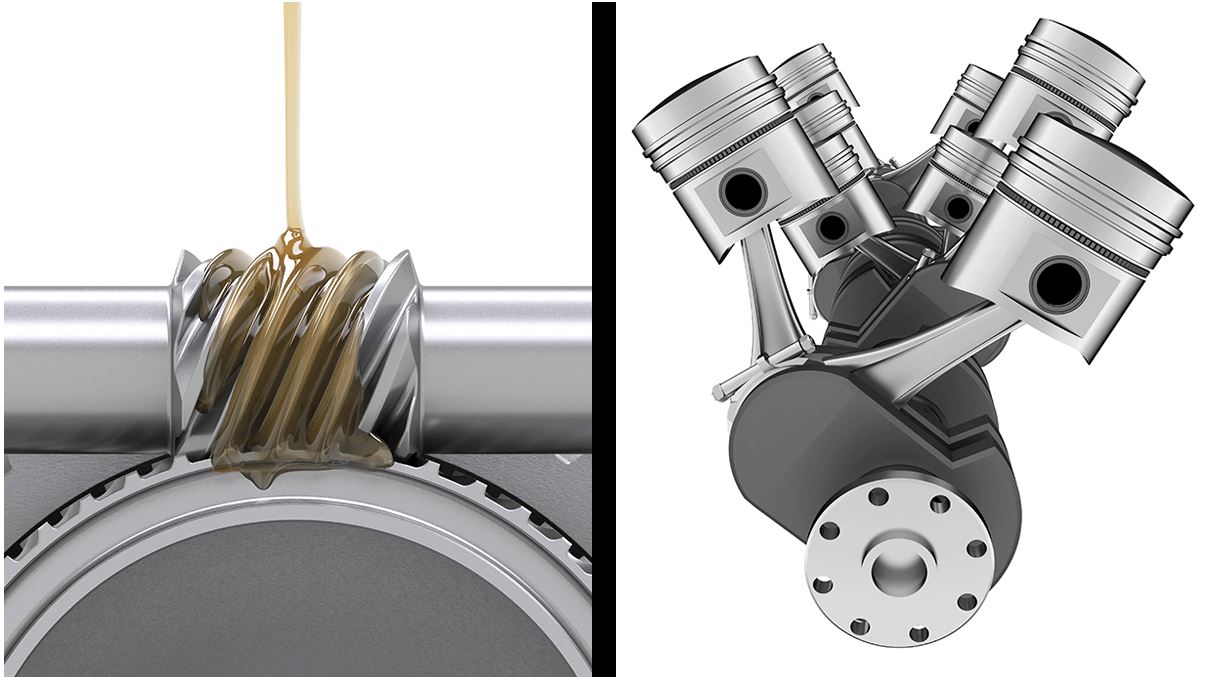How to Read a Gear Oil Viscosity Chart Save this chart for your own use. As an AMSOIL dealer I use it several times weekly to show customers how things like a 20W-50 motor oil (motorcycle oil) can be also used as a gear lube.. Also how ranges of one oil is significant as a […]
You are browsing archives for
Tag: gear oil
How Often Should I Change Differential F...
How Often Should I Change Differential Fluid? Fluid change intervals depend on your vehicle, driving conditions and gear oil quality. _by David Paiuilldorf | july 26, 2023 A differential is a set of gears that allows a vehicle’s driven wheels to revolve at different speeds when going around corners or over rough terrain. Those gears […]
Gear Oil vs. Engine Oil: What’s The Diff
Gear Oil vs. Engine Oil: What’s The Difference? Gear oil uses a different viscosity classification and different additives. by Joel Youngman|May 9, 2022 High-quality gear oil must lubricate, cool and protect geared systems while carrying damaging wear debris away from contact zones and muffling the sound of gear operation. In this post, we’ll look at […]
Watch Scott Judnick Go Big – And Why We’
Watch Scott Judnick Go Big – And Why We’re Into Snow Lindsay Premo|Feb 21, 2019 2:30 PM At AMSOIL, we like to do things big. And when it comes to the world of Snocross, Scott Judnick of Judnick Motorsports likes to do things just as big. Check out his story below. It’s About the People Twenty-two years ago, […]



